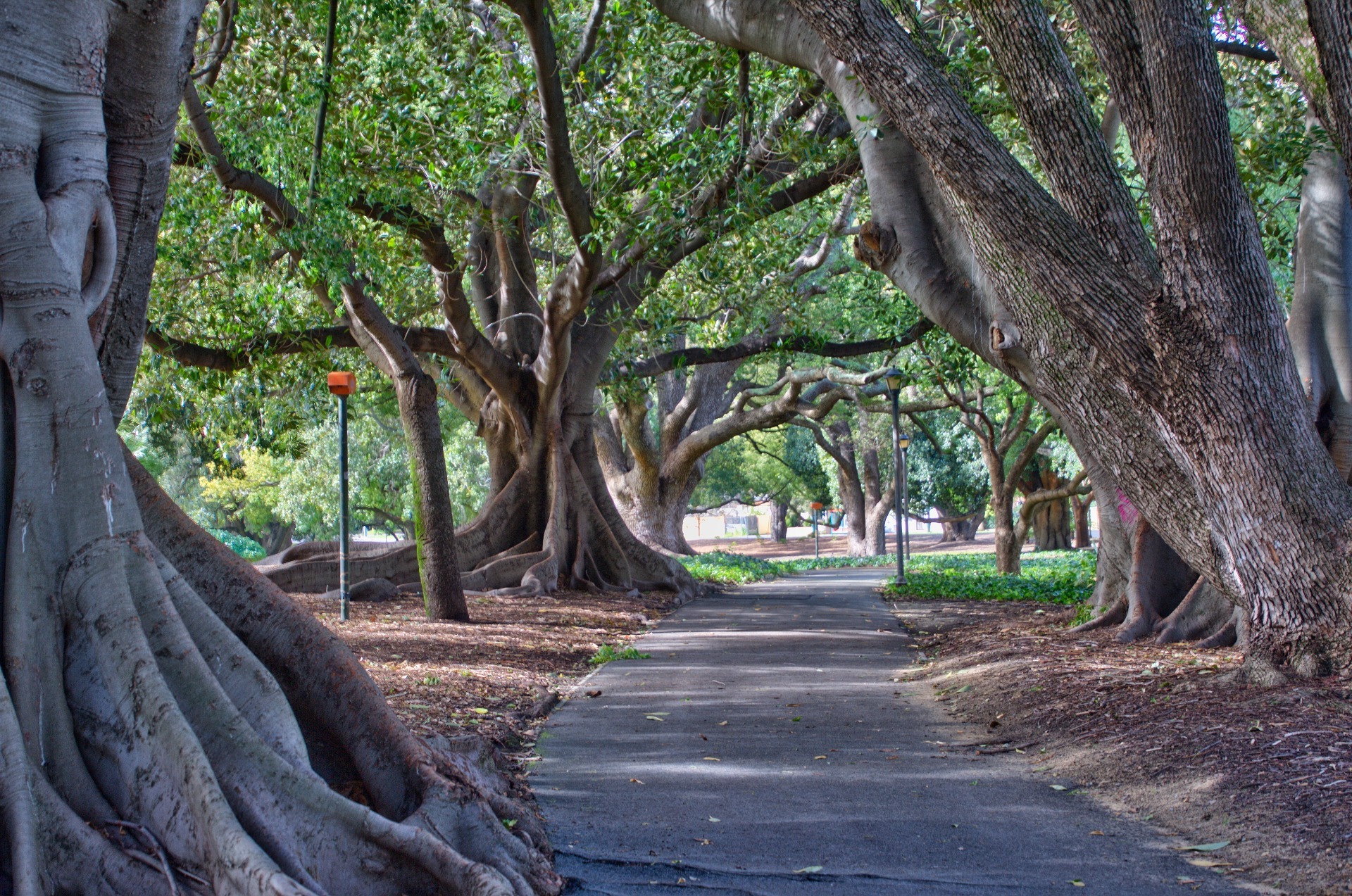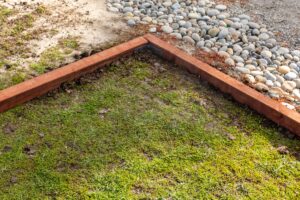Welcome to the Tree Root Protection Area (RPA) Calculator! This tool is designed to help you quickly determine the recommended area around a tree’s roots that should be protected, especially during construction or landscaping projects. The RPA is essential for maintaining tree health, as it safeguards critical root systems that provide stability, absorb water, and transport nutrients. To calculate, simply enter the tree’s diameter at breast height (DBH) in centimeters, and our calculator will estimate the protection area required. Using this information, you can better plan activities around trees, ensuring they remain healthy and undisturbed. Try it now!
Tree Root Protection Area (RPA) Calculator
Explanation:
- Tree Diameter at Breast Height (DBH): The user inputs the DBH in centimeters.
- Calculation: The JavaScript function
calculateRPA()multiplies the DBH by 12 to get the recommended RPA in meters. - Result Display: The calculated RPA is shown in meters for easy reference, providing a guide for establishing a protection zone around the tree roots.

This calculator helps users quickly determine the necessary root protection area to minimize potential damage to tree roots during construction or landscaping.
It calculates the recommended protection area for a tree’s roots based on its diameter at breast height (DBH), which is a common method used in arboriculture.
The formula to calculate the Tree Root Protection Area (RPA) is typically:
$$RPA=DBH×12\text{RPA} = \text{DBH} \times 12RPA=DBH×12$$
where RPA is in meters and DBH is in centimeters.
Formula for Calculating Tree Root Protection Area (RPA)
The Tree Root Protection Area (RPA) is a recommended zone around a tree that should be left undisturbed to ensure the tree’s roots remain healthy. This area is especially crucial during construction or landscaping projects to avoid damaging roots, which could destabilize the tree or reduce its lifespan. The standard formula for calculating RPA is:
$$[
\text{RPA} = \text{Diameter at Breast Height (DBH)} \times 12
]$$
where:
- RPA is the Tree Root Protection Area in meters.
- DBH is the tree’s Diameter at Breast Height, measured in centimeters (usually at 1.3 meters above the ground).
Example Calculation
Let’s calculate the RPA for a tree with a DBH of 40 centimeters.
- Measure DBH: First, determine the DBH by measuring the diameter of the tree trunk at 1.3 meters (approximately 4.5 feet) from the ground. Let’s assume the DBH is 40 cm.
- Apply the Formula: Multiply the DBH by 12 to find the RPA.
$$[
\text{RPA} = 40 \, \text{cm} \times 12 = 480 \, \text{cm}
]$$ - Convert to Meters: To make the RPA measurement more practical, convert centimeters to meters by dividing by 100:
$$[
\text{RPA} = 480 \, \text{cm} \div 100 = 4.8 \, \text{meters}
]$$
Thus, the recommended RPA is 4.8 meters around the tree. This means a circular area with a radius of 4.8 meters from the tree trunk should be kept undisturbed.
FAQs
- Why is the RPA important?
- The RPA protects tree roots essential for stability, nutrient uptake, and water absorption. Damage to roots can harm the tree or cause instability.
- What is DBH, and how is it measured?
- DBH stands for Diameter at Breast Height. Measure the trunk diameter 1.3 meters above the ground.
- Can the RPA formula vary for different trees?
- Generally, the formula is standard. However, some species or sensitive environments may require a larger RPA.
- What happens if the RPA is disturbed?
- Disturbing the RPA can damage roots, potentially destabilizing or harming the tree.
- Can construction take place within the RPA?
- It is recommended to avoid construction within the RPA. If unavoidable, consult an arborist.
- Is the RPA affected by tree health or age?
- Healthy trees typically have a standard RPA. However, old or vulnerable trees may need a larger RPA.
- How can I protect the RPA during construction?
- Use barriers and avoid heavy machinery within the RPA to minimize damage.
- Does soil type affect RPA needs?
- Yes, soil conditions can influence root spread, potentially requiring RPA adjustments.






